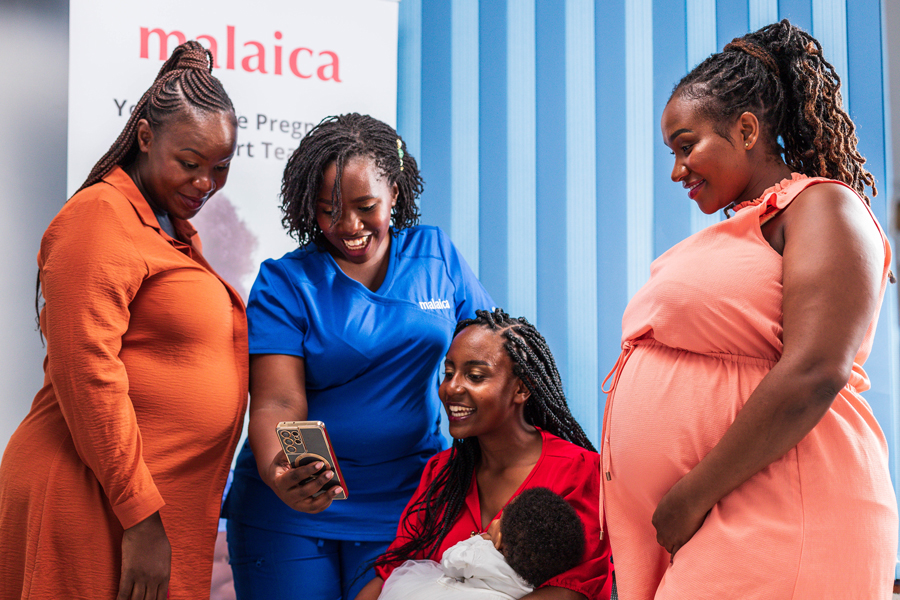Making pregnancy safe & convenient for you
The pregnancy journey can be long, frustrating, and full of unexpected challenges. At Malaica, we want to change this.
You deserve a smooth and comfortable pregnancy and motherhood experience.


Guiding your maternity journey with care.
Malaica is your one-stop destination for comprehensive pregnancy support.
Get exclusive access to our online pregnancy support programme, ANC & PNC programme, and personalised delivery packages.
With expert care and a supportive community, Malaica is the perfect partner for you every step of the way!
With Malaica, you get

Antenatal Care & Postnatal Care Programme
Experience top-notch prenatal and postnatal care with monthly physical checkups, Lamaze classes, consultations with specialists, and postpartum care.

Delivery packages
Deliver your baby safely with our tailored delivery packages. We offer expertly guided vaginal and caesarean delivery options, so you can trust us for safe and compassionate care every step of the way.

Online Support Programme
Get personalised care from nurse midwives, a gynaecologist, supamum, and connect with other mums and mums-to-be in our private support groups.





